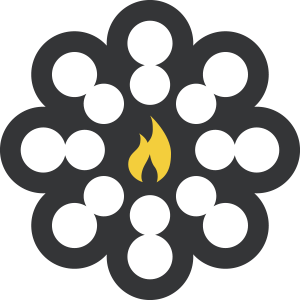What Do You Include in a Future-Focused Journey Map?
In another post, I showed that there are four common types of journey maps. There are maps that describe current gaps in the experience; ones that define internal processes; others that are designed for generating sales. Then, there are journey maps that are designed to describe a future-state experience. Many companies confuse the first three for the last. They hope that the act of creating a journey map will yield a strategy for the future.
You could say that fixing gaps, simplifying processes, and generating sales are strategies for the future. But are they? Really? Not if your customers’ expectations far exceed your current offerings. And let’s be honest, post-Covid, AI-aware, inflation-frustrated people are very much expecting your company to innovate, accelerate, and have a vision for the future.
So, the question arises: if you were tasked with creating a journey map that would describe the customer’s experience for a future-focused experience, what building blocks would you include? Below are elements we’ve used in various journey maps, with notes on how to use them in a future-focused mapping exercise.
We’ve used these building blocks to create powerful future-focused journeys, with modes and what makes it genius as two of the most future-focused. Learn more about a modes map in our recent post. Try them out, and let us know how they work for you! You can reach us at DaveNorton@StoneMantel.co or MaryPutman@stonemantel.co.


